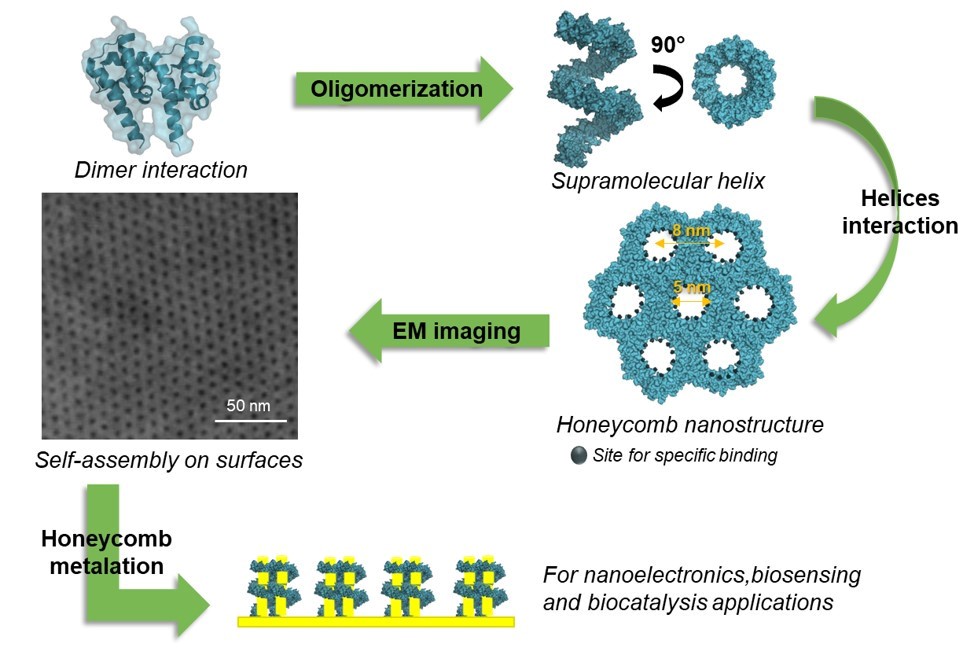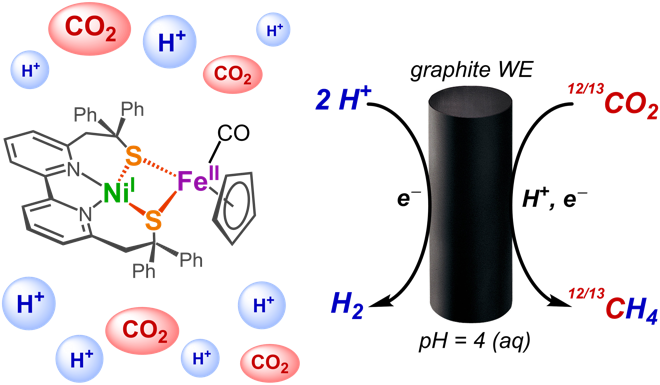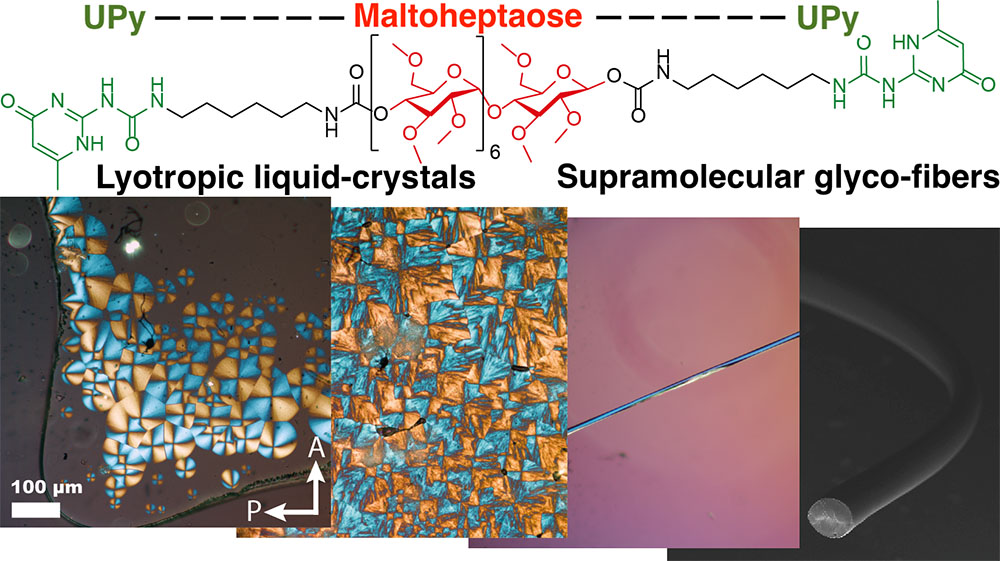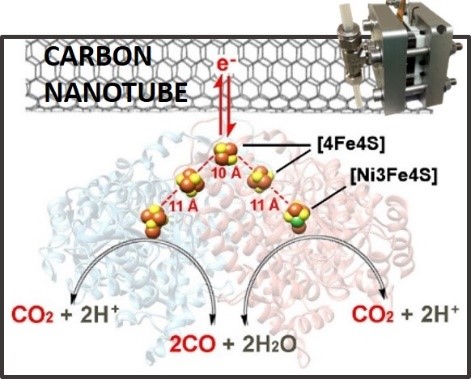- Share
- Share on Facebook
- Share on X
- Share on LinkedIn

The development of multicomponent reactions (MCR) is the prefered eco-compatible approach to sophisticated molecules of pharmaceutical interest, such as amidines. We elaborated a new MCR to amidines which produces them in good yields under mild conditions through an Fe-catalyzed combination of a hydrocarbon, a nitrile, and a nitrene. We solved the mechanism of this reaction by developing an integrated combination of experiments and DFT calculations which provides a detailed description of all involved molecular events and an estimation of their energetic cost.
Surface nanopatterning with self-assembled molecules has gained in interest over the last years because of its usefullness in nanotechnology. In here, the natural abilities of a protein to self-assemble in a honeycomb structure on a surface was studied. Moreover, we also show that the nanostructure can be specifically functionnalized paving the way for nanoelectronics, biosensing and biocatalysis applications.
This publication reports the unprecedented reactivity of a molecular electrocatalyst physiadsorbed on a graphite electrode: a bioinspired Ni(II)Fe(II) complex selectively and catalytically reduces CO2 in acidic aqueous solution to produce a mixture of CH4 and H2.

Aptamer-based biosensors using quencher metal ions
DPM & CHU – Biology and Pathology Institute
We describe an aptamer-based sensing approach that signals the presence of small-molecule targets when fluorescent DNA probes are challenged with the Ni2+ or Co2+ quencher metal ions. Functional oligonucleotides targeting L-tyrosinamide (L-Tym), adenosine (Ade) or cocaine (Coc) were end-labeled by the Texas-Red fluorophore. A fluorescence quenching occurred upon association of these transition metal ions with the free conjugates. The formation of the target-probe complex, by the way of variations in the overall binding of quencher metal ions along the DNA strands, led to a partial restoration (for the Ade and Coc systems) or a further attenuation (for the L-Tym system) of the fluorescence intensity. The absolute signal gain varied from 40 to 180% depending on the target-probe pair investigated. The approach was also used to detect the compound Ade in a spiked biological matrix in one minute or less.
In collaboration between two teams of Grenoble, CERMAV & SyMMES, and a Finnish team (Aalto University – Prof. Olli IKKALA), the first ever built linear supramolecular polysaccharide has been obtained. This proof-of-concept opens the way towards bioinspired and self-healable glycomaterials.

Asymmetric Intramolecular Buchner Reaction
DCM & SyMMES
Bicyclic compounds bearing a quaternary stereogenic center have been obtained using asymmetric intramolecular Buchner reaction with excellent yields and level of enantioselectivity. X-ray crystallography determination of the absolute configuration of one product has led to the serendipitous observation of an unusual behavior within the crystal structure, with equilibrating norcaradiene and cycloheptatriene valence isomers at the solid state, as well as an even more unexpected intermediate form. DFT calculations were performed to support these observations.
In targeted DNP, polarizing agents are localized at specific sites of the biomolecular system allowing the development of NMR approaches to improve sensitivity, background suppression for in-cell NMR, access to long-range paramagnetic constraints, and high-resolution selective observation of binding sites.
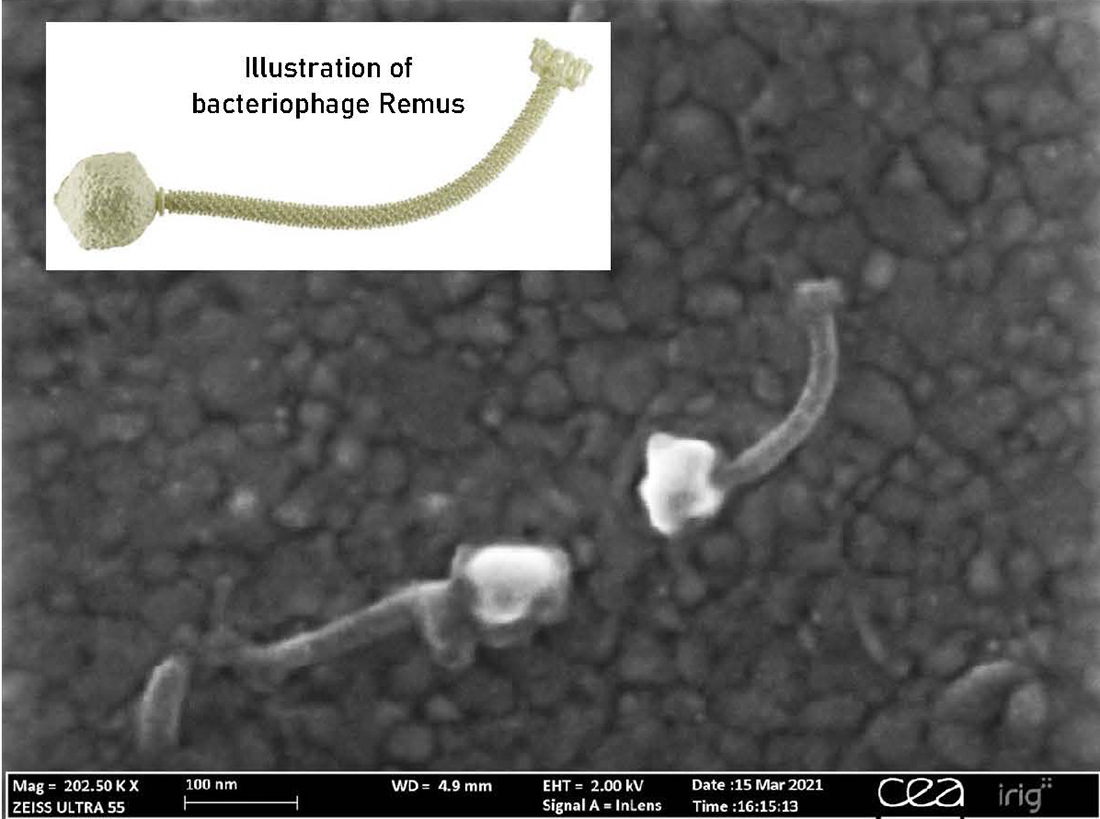
Optical Bacteriophage Susceptibility Screening by Surface Plasmon Resonance
LETI/LSIV & SyMMES
The proliferation of multiresistant bacteria is having an increasing and profound impact on the world. A credible alternative to antibiotics is bacteriophage therapy, which are expected in the near future to form the basis of an entirely new treatment paradigm for infectious diseases. In order to facilitate such an epochal transition, new tools are needed for the rapid and multiplexed screening of large libraries of candidate bacteriophages in order to provide a personalized bacteriophage cocktail for each patient. The objective of this PhD is the development of a SPR-based screening method, wherein immobilized bacteriophages form a biosensing layer which produces a measurable surface plasmon resonance signal as a result of the specific interaction between the bacteriophages and their host bacterial cells in a microfluidic flow above the sensor surface. Effective bacteriophages are thus selected from a large pool of candidates and can be formulated into a personalized therapy unique to each patient.
We have developed an enzymatic process that achieves high performance towards the reversible electrochemical CO2-to-CO conversion under mild conditions with low overvoltage. Using an engineered Carbon Monoxide Dehydrogenase (CODH), these results make it possible to envision their use both for the reduction of CO2 and for the oxidation of CO, in the context of syngas purification processes and the production of valuable chemicals or fuels from CO2.
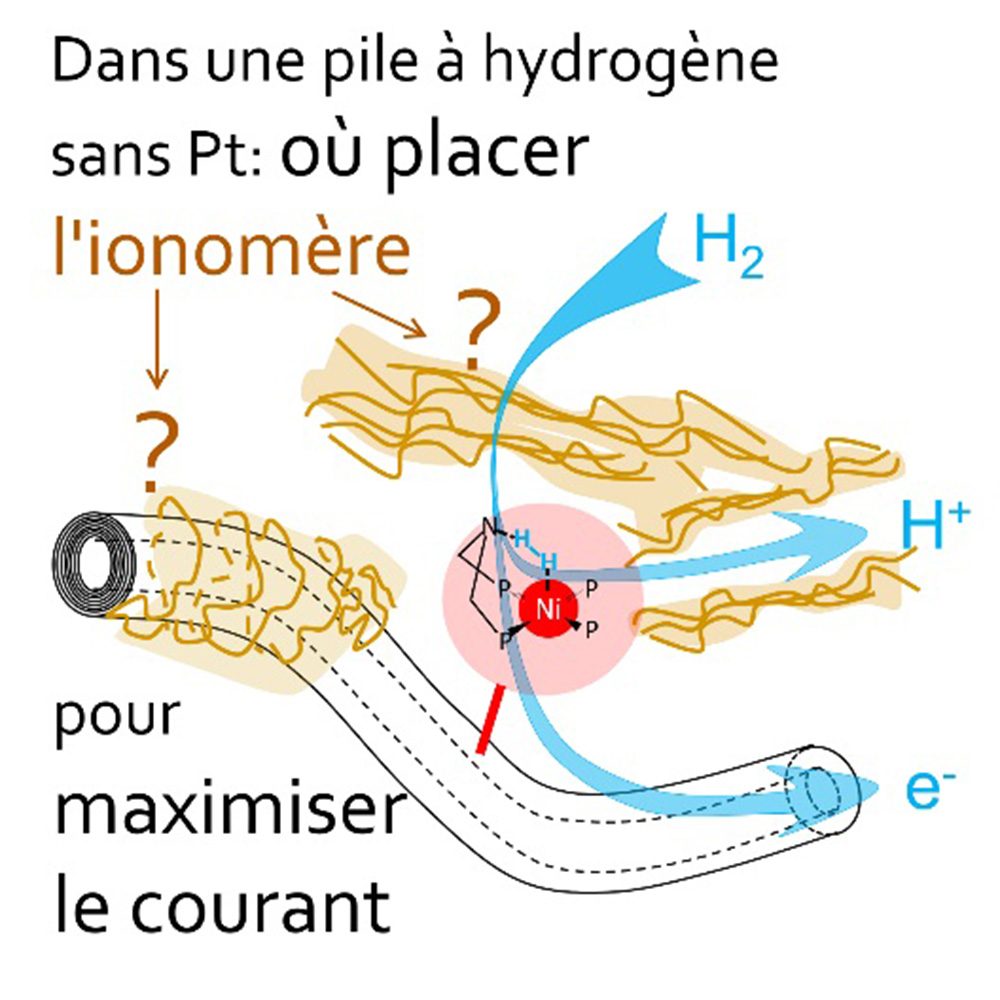
The ecological transition requires cheap and abundant electrocatalysts to achieve six key reactions: H2 evolution (HER), H2 oxidation (HOR), CO2 reduction (CO2RR), N2 reduction (NRR), O2 evolution (OER), and O2 reduction (ORR) reactions. HER, CORR, NRR, and OER take place in electrolyzers and photoelectrochemical cells to produce fuels and chemicals and O2 as a side product, whereas HOR and ORR are used in H2 fuels cells to produce electricity. Proton-exchange membrane technologies are promising, but they heavily rely on platinum-group metal catalysts. Molecular-engineered systems based on bio-inspired catalysts immobilized on carbon nanotubes hold promise for the development of platinum-free devices, but formulation of such alternative catalysts is still in its infancy. We show here that the functionalization of the carbon nanotubes directs the structuration of Nafion ionomer in the catalytic layer, which affects the mass-transport properties and therefore the performance of the device.
- Share
- Share on Facebook
- Share on X
- Share on LinkedIn
